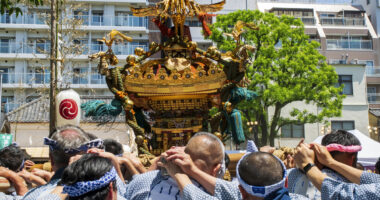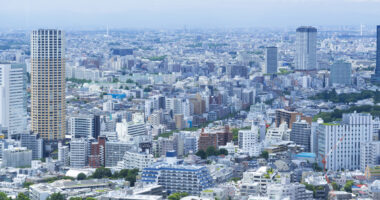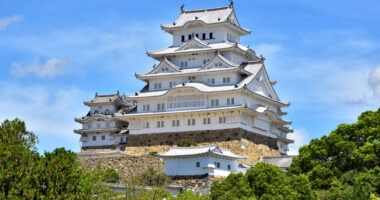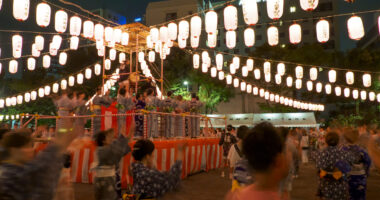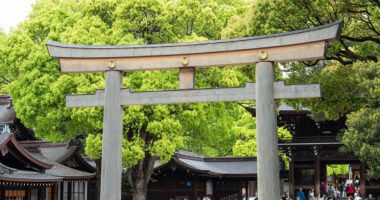Japan’s high-speed rail network is legendary. With bullet trains slicing through landscapes at speeds up to 320 km/h, riding the Shinkansen isn’t just transportation—it’s a travel experience in itself. For visitors fascinated by cutting-edge technology and efficient design, understanding which trains are the fastest and how their speeds vary across different routes can add a whole new layer of excitement to your journey.
In this guide, we’ll explore Japan’s fastest Shinkansen trains, how their speeds differ by region, and what makes these sleek machines both powerful and safe.
The Shinkansen: Japan’s high-speed marvel
The Shinkansen, often referred to as the “bullet train,” debuted in 1964 with the Tokaido Shinkansen line connecting Tokyo and Osaka. Since then, the system has expanded into a complex, nationwide network linking major cities across Honshu and Kyushu.
With speeds exceeding 200 km/h (124 mph), Shinkansen trains are among the fastest in the world. But speed is only part of the story. These trains are also famous for their punctuality (usually within seconds), comfort, and smooth ride, making them a favorite for both business travelers and tourists.
Japan’s fastest Shinkansen trains by route
Not all Shinkansen trains travel at the same speed. Factors such as terrain, stop frequency, and regional regulations play a role in determining how fast a train can go. Here are the top contenders for the fastest trains in Japan:
Hayabusa: the speed king of the Tohoku Shinkansen
- Top speed: 320 km/h (199 mph)
- Route: Tokyo to Shin-Aomori (via Sendai and Morioka)
The Hayabusa holds the current title of Japan’s fastest regularly operating train. Running along the Tohoku Shinkansen line, this sleek green-and-silver train reaches up to 320 km/h, especially on the straighter stretches between Sendai and Morioka.
If you’re heading to the northern reaches of Honshu or planning to connect to Hokkaido via the Hokkaido Shinkansen, Hayabusa is your quickest option. Most Hayabusa trains stop only at major cities, making the ride impressively swift. For example, Tokyo to Sendai takes just about 90 minutes.
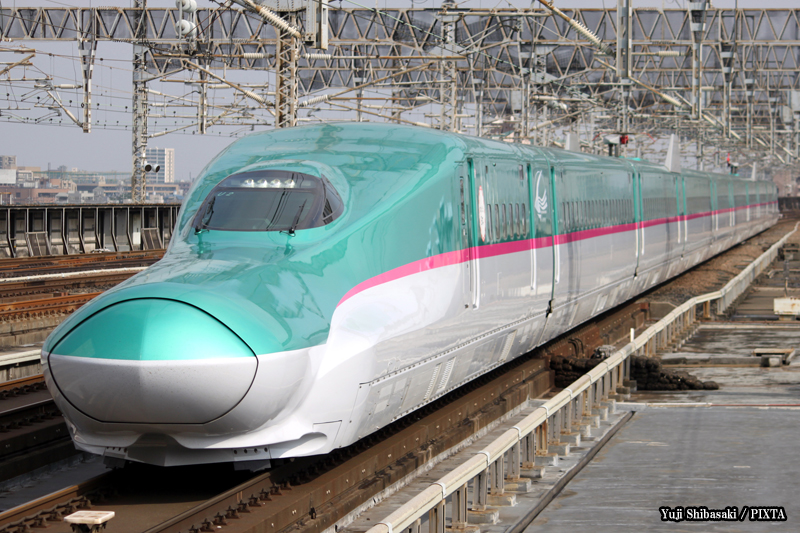
Photo for illustrative purposes
Nozomi: the Tokaido Shinkansen’s top performer
- Top speed: 285 km/h (177 mph)
- Route: Tokyo to Shin-Osaka
The Tokaido Shinkansen is the busiest high-speed rail corridor in the world, linking the megacities of Tokyo, Nagoya, and Osaka. On this route, the Nozomi service is the fastest available.
While its maximum speed is slightly lower than Hayabusa’s (capped at 285 km/h due to high population density and safety constraints), Nozomi compensates by making fewer stops. The result? Tokyo to Shin-Osaka takes just 2 hours and 20 to 30 minutes.
Note: The Japan Rail Pass normally does not cover Nozomi or Mizuho trains. However, pass holders can ride them by purchasing a special Nozomi/Mizuho ticket for Japan Rail Pass holders.
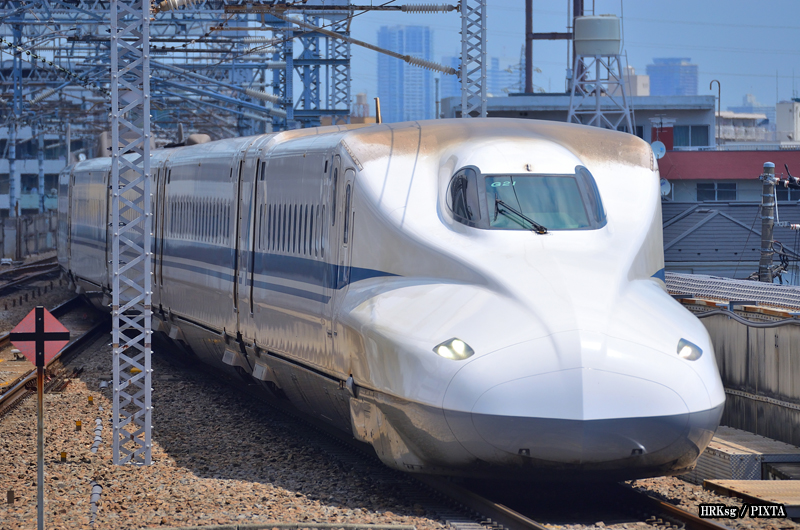
Photo for illustrative purposes
Mizuho: Western Japan’s speed leader
- Top speed: 300 km/h (186 mph)
- Route: Shin-Osaka to Kagoshima-Chuo (via Okayama, Hiroshima, Kumamoto)
Running on the Sanyo and Kyushu Shinkansen lines, the Mizuho offers blazing speeds across Japan’s southwest. It combines long distances with few stops, cutting the Shin-Osaka to Kagoshima-Chuo journey to just under 4 hours—impressive for the over 900 km (559 mile) stretch.
What makes the Mizuho remarkable is not just its speed but its connectivity. It links major cultural and culinary destinations like Hiroshima and Fukuoka, making it ideal for travelers eager to explore beyond the Golden Route.
Honorable mentions: other high-speed Shinkansen trains
While the Hayabusa, Nozomi, and Mizuho headline the speed charts, other Shinkansen trains also deliver quick, efficient travel with unique features:
- Komachi (Tohoku-Akita): Runs coupled with Hayabusa until Morioka, then branches off to Akita. Uses smaller “mini-shinkansen” tracks, reaching 320 km/h (199 mph) while coupled.
- Kagayaki (Hokuriku Shinkansen): Connects Tokyo and Kanazawa at up to 260 km/h (162 mph), stopping only at major stops like Ueno, Omiya, and Nagano.
- Hikari and Sakura: These are semi-fast services on the Tokaido and Sanyo/Kyushu lines, respectively—great alternatives with slightly more stops than their faster counterparts.
Time comparison between major Shinkansen routes
| Route | Fastest train | Travel time | Distance | Top speed |
|---|---|---|---|---|
| Tokyo → Shin-Osaka | Nozomi | Approx. 2 hrs 30 mins | Approx. 515 km | 285 km/h |
| Tokyo → Sendai | Hayabusa | Approx. 1 hr 30 mins | Approx. 350 km | 320 km/h |
| Tokyo → Kanazawa | Kagayaki | Approx. 2 hrs 50 mins | Approx. 450 km | 260 km/h |
| Shin-Osaka → Hiroshima | Nozomi | Approx. 1 hr 25 mins | Approx. 400 km | 300 km/h |
| Shin-Osaka → Kagoshima-Chuo | Mizuho | Approx. 3 hrs 45 mins | Approx. 910 km | 300 km/h |
These times reflect fastest-possible scenarios with limited stops and ideal conditions.
High speed, high safety: why the ride feels so smooth
You might expect a 320 km/h train to feel like a roller coaster—but the Shinkansen experience is anything but. Japanese bullet trains are engineered for minimal vibration, low noise, and rock-solid stability. Even when traveling at top speeds, the ride is so smooth that many passengers barely notice acceleration.
A few reasons behind this seamless experience include:
- Dedicated high-speed tracks (no sharing with freight or commuter trains)
- Active suspension systems that adjust to track conditions in real-time
- Aerodynamic design to reduce air resistance and tunnel boom
- Automatic Train Control (ATC) to monitor and adjust speed for optimal safety
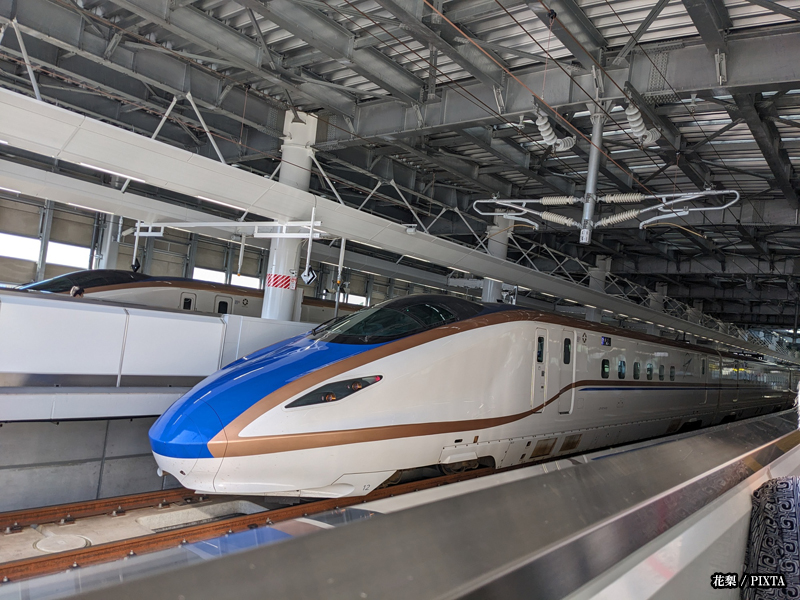
Photo for illustrative purposes
Looking ahead: the Maglev train (Chūō Shinkansen)
For those wondering if Japan’s trains could get any faster—the answer is yes.
Currently under development is the Chūō Shinkansen, a maglev (magnetic levitation) train designed to reach speeds of up to 500 km/h. This futuristic rail line will initially connect Tokyo and Nagoya, eventually extending to Osaka.
Once operational (projected around the 2030s), the Tokyo-Nagoya leg will take just about 40 minutes—a dramatic reduction from the current 90 minutes via Nozomi.
Though not yet available to the public, the maglev project underscores Japan’s ongoing commitment to transportation innovation.
Final thoughts: speed isn’t everything, but it’s pretty impressive
While the Shinkansen’s high speeds are certainly thrilling, what truly sets Japan’s bullet trains apart is their blend of efficiency, comfort, and reliability. Whether you’re zipping from Tokyo to Sendai in under 90 minutes or marveling at Mt. Fuji from your window en route to Osaka, the Shinkansen delivers a travel experience unlike any other.
So if you’re planning a trip and wondering, “What’s the fastest train in Japan?”—now you know. The answer depends on where you’re headed, but rest assured: whichever train you choose, you’ll be riding one of the most advanced rail systems in the world.


